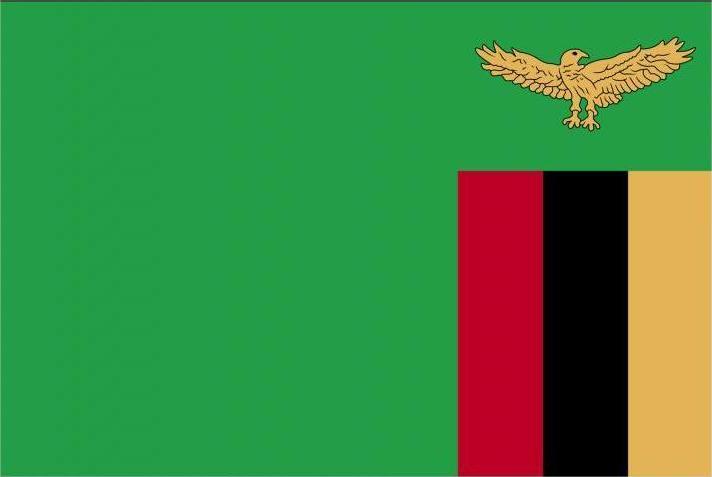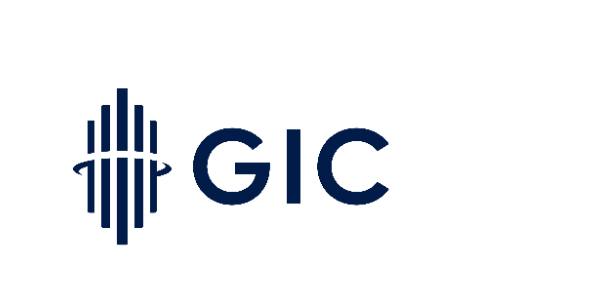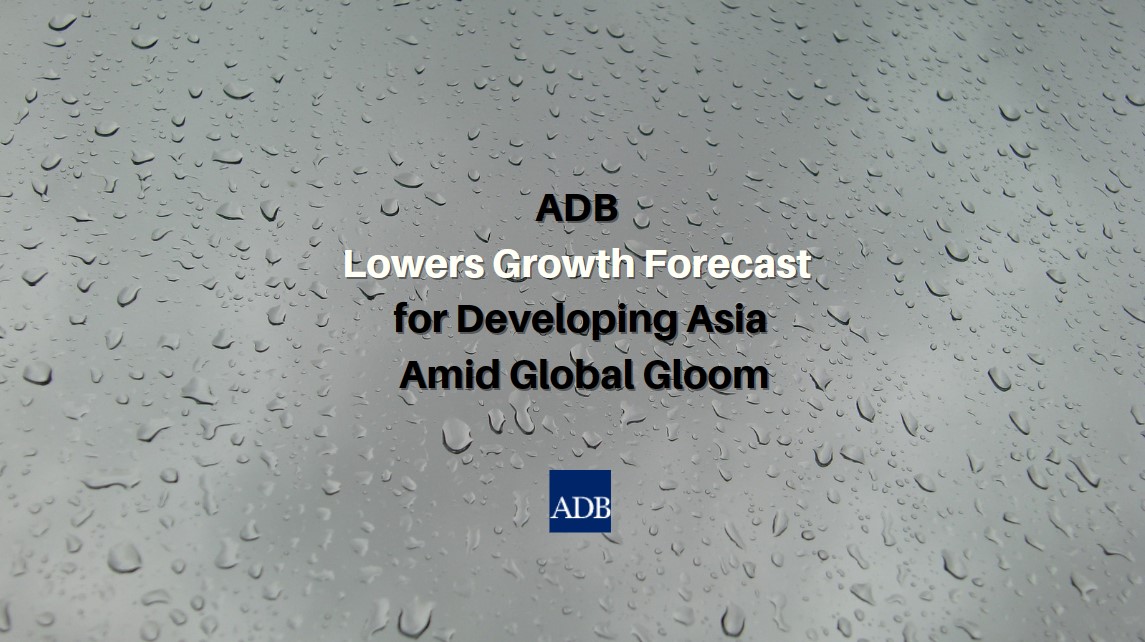Zambia’s painful path to economic recovery
In 2021, Zambia became the first country to default on its external debt in the aftermath of the Covid-19 pandemic. The country is no stranger to out-of-control debt. In the early 1990s, following years of economic mismanagement and a global slump in the price of commodities, Zambia went into economic collapse and had to rely on International Monetary Fund (IMF) loans. The ensuing economic restructuring was a painful process.
However, there are some important differences between then and now. The profile of the creditors has changed, shifting from west to east, and from the public to the private sector. While this latest default also followed ill-advised economic policies and a commodities crash (in 2014), it was the Covid-19 lockdowns, combined with a dramatic decrease in exports, that finally broke the camel’s back. By 2021, Zambia’s debt rose to more than 130 percent of gross domestic product (GDP) while inflation rocketed.
Zambia has managed to negotiate a bailout plan with the IMF. The man responsible for this achievement, as well as for curbing inflation and reassuring the markets, is President Hakainde Hichilema. However, the road ahead is long and tortuous. While Zambia may become an example of how to avoid economic collapse, President Hichilema may also lose popular support, especially among the youth that guaranteed his victory in the 2021 elections.
Avoiding collapse
In August, the Zambian government and the IMF announced a 38-month, $1.3 billion arrangement under the Extended Credit Facility. This deal was made possible after a creditor committee cochaired by France and China – the country’s top two creditors – resolved to negotiate a debt restructuring agreement.
While Zambia’s debt in the 1990s was far higher proportionally, reaching 261 percent of GDP, restructuring today is much more complex. There is general uncertainty as a global recession looms. Political polarization in the country remains high and multilateralism is weakened. Moreover, restructuring Zambia’s debt involves a greater number and variety of creditors, in a process that includes reluctant players (like China) and goes well beyond the Paris Club framework.
According to Zambia’s Ministry of Finance, official bilateral creditors and multilateral institutions account for 26.5 percent of public debt, whereas Eurobond investors and nonbonded commercial lenders account for 23 percent. Chinese public and private lenders represent the biggest share of the debt. The global asset manager BlackRock is Zambia’s main bondholder.
Moreover, while this first step was necessary to avoid a potential collapse of the economy, it remains insufficient to guarantee economic stabilization. To reduce its debt service-to-revenue ratio from 61 to 14 percent by 2025, as the IMF demands, the country will have to implement a series of austerity measures.
Zambia is a heavily subsidized economy. One of the demands of the bailout program is the reduction of subsidies to just 1 percent of GDP by 2025. A first and crucial test will be the effects of the recent removal of fuel subsidies. However, other measures will follow, including the removal of the reduced excise on petrol and diesel introduced in 2021 to mitigate the effects of inflation, the removal of agricultural subsidies, the reintroduction of import duties and the rollback on VAT exemptions, which will remain only on basic foods.
While these measures will have a severe impact in a country where more than half of the population lives under the poverty line, the IMF has learned some lessons after the 1990s wave of economic adjustment. These programs were essential to save economies from collapse and carry out much-needed reforms, including in Zambia. However, their social effects compromised poverty reduction and social stability, unleashing a wave of popular protests across the continent. To mitigate the collateral effects, the IMF will allow an increase in social protection spending from 0.7 to 1.6 percent until 2025, an increase in social cash transfers (supported by the World Bank) and more human resources in the health and education sectors, which has already been implemented by the government.
Not-so-new actors and trends
Ahead of the 2021 presidential elections, under the rule of President Edgar Lungu and the Patriotic Front, there were fears that Zambia was sliding toward authoritarianism. In this sense, the landslide victory of Hakainde Hichilema, who was a six-time opposition challenger, was met with relief in Zambia and beyond.
His team did not disappoint the markets. In September, when the deal with the IMF was announced, the kwacha became the world’s top-performing currency against the United States dollar. Since the elections, inflation has decreased and remained under control, especially when compared with regional and global trends. In August 2021, before the elections, inflation reached 24.4 percent, and it has since fallen to 9.7 percent.
But while President Hichilema may be described as a pro-market reformist, he also campaigned on the promise of “putting Zambians first.” In key sectors, like mining, he is expected to have a prudent and balanced approach.
As he came to office, the new leader announced several reforms including a reinforcement of the Constituency Development Fund, a new tax regime and the appointment of independent candidates to the judiciary and the anti-corruption commission, which had been heavily politicized under the previous administration.
Critics of the president, however, have noted that the new executive is delaying much-needed political reforms, including the removal of legislation like the Cyber Security and Cyber Crimes Act or the law on the defamation of the president, which limits political rights and civic freedoms and restricts the opposition’s room for maneuver.
Foreign policy is also changing. Zambia’s default reignited the debate about the so-called Chinese debt trap. Chinese loans were particularly easy for African regimes to access without significant political or procedural obstacles. However, as China’s goodwill throughout these negotiations seems to suggest, Beijing has no interest in economic – or political – collapse in a region and a country where it has several strategic interests.
But Zambia, as evidenced by the recent vote against the Russian invasion of Ukraine in the United Nations General Assembly, is reviewing its diplomatic strategy by paying more attention to Western allies. While China remains an important partner, Lusaka wants closer relations with the West, namely with the U. S. and the European Union, in a move that defies regional trends.
A clear sign of this rapprochement is the fact that President Hichilema has allowed the U.S. to establish an Africom office of security and cooperation in Lusaka. While this is an important move to reduce dependence on other allies, donors and investors, China’s very strong position within the Zambian economy will remain a challenge.























































First, please LoginComment After ~